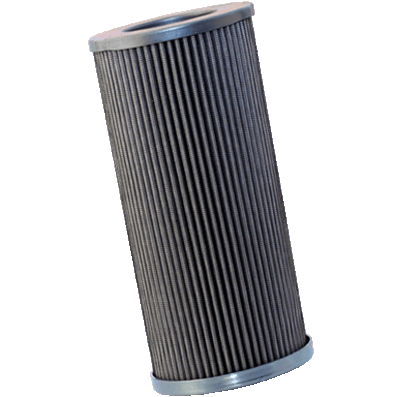In the realm of industrial filtration, MAHLE filter elements stand out for their superior performance, reliability, and versatility. Designed to meet the highest standards of quality and efficiency, these filter elements are utilized across a myriad of industries to ensure the purity and safety of fluids and gases. This article delves into the product description, working principles, components, technical specifications, and application fields of MAHLE filter elements, highlighting their critical role in various sectors.
MAHLE filter elements are engineered to deliver exceptional filtration performance, ensuring the removal of contaminants from liquids and gases with high efficiency. These filter elements are available in various configurations and materials, making them suitable for a wide range of applications. Known for their durability and long service life, MAHLE filter elements help reduce maintenance costs and downtime, thereby enhancing overall operational efficiency.

The working principle of MAHLE filter elements is based on advanced filtration technologies, including depth filtration and surface filtration. Here’s a detailed look at how these elements function:
Contaminated Fluid Intake: The contaminated fluid or gas enters the filter housing and flows through the MAHLE filter element.
Filtration Process: Depending on the specific design and application, the filter element employs depth filtration, surface filtration, or a combination of both to capture contaminants. Depth filtration involves trapping particles within the layers of the filter media, while surface filtration captures particles on the surface of the media.
Flow Distribution: The design of the filter element ensures even flow distribution, preventing channeling and maximizing the utilization of the filter media.
Clean Fluid Discharge: The filtered fluid or gas exits the filter element, free from contaminants, and is ready for further processing or use.
Maintenance: The high contaminant-holding capacity of MAHLE filter elements reduces the frequency of replacements and maintenance, optimizing operational efficiency.
MAHLE filter elements are composed of several key components that contribute to their exceptional performance:
Filter Media: The core component of the filter element, made from materials such as cellulose, synthetic fibers, glass fibers, or woven wire mesh. The choice of material depends on the specific application and required filtration efficiency.
Support Layers: Additional layers that provide structural integrity and support to the filter media, ensuring durability under high flow and pressure conditions.
Core and Cage: The inner core and outer cage, typically made from stainless steel or other high-strength materials, provide structural support and protect the filter media from mechanical damage.
End Caps: Made from robust materials, the end caps seal the filter media and ensure a secure fit within the filter housing, preventing bypass and ensuring all fluid passes through the filter media.
O-Rings and Seals: These components ensure a leak-proof seal between the filter element and the housing, maintaining filtration efficiency and preventing contamination.

Filtration Efficiency:
Flow Rate:
Dirt-Holding Capacity:
Pressure Rating:
Temperature Resistance:
Material Compatibility:
Filter Media: Cellulose, synthetic fibers, glass fibers, woven wire mesh.
Filter Housing: Stainless steel or high-strength materials.
Dimensions:
Seal Type:
Water Treatment:
Chemical Processing:
Food and Beverage:
Pharmaceuticals:
Oil and Gas:
Automotive:
Power Generation:
Filters cooling water, boiler feed water, and lubricants in power plants, enhancing equipment efficiency and reliability.
Electronics Manufacturing:
Metals and Mining:
Paints and Coatings:
MAHLE filter elements are indispensable for various industrial filtration needs, offering high efficiency, durability, and reliability. Their advanced design and robust technical specifications make them a preferred choice, ensuring enhanced operational efficiency, reduced maintenance, and superior product quality across diverse application fields.
Related article reading:
How to choose a fiber ball filter
The difference between self-cleaning filters and high-flow filters
How to choose a quartz sand filter
{sval:sql sql='SELECT n_parameter FROM dede_addonarticle WHERE aid = ~aid~ ' } {/sval:sql}
{sval:sql sql='SELECT n_parameter FROM dede_addonarticle WHERE aid = ~aid~ ' } {/sval:sql}








.gif)
.jpg)
.jpg)
.jpg)
.jpg)
.jpg)
.jpg)




